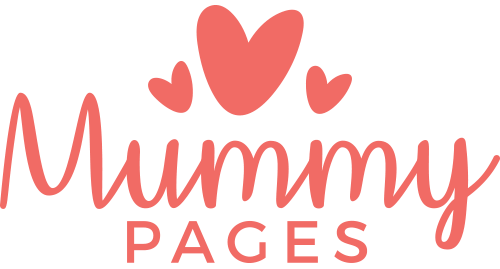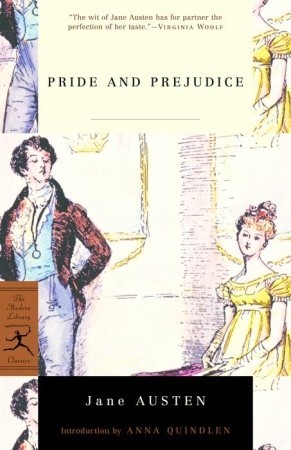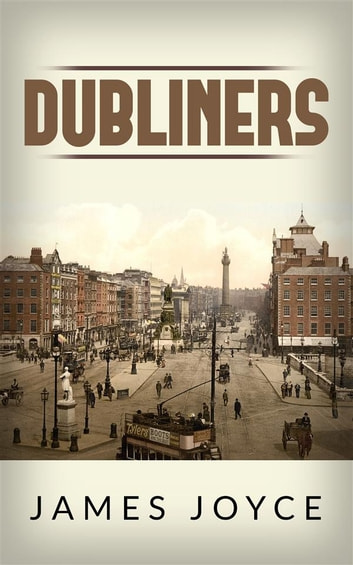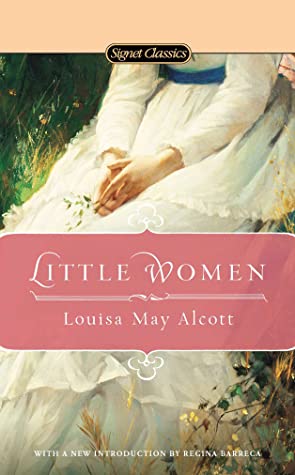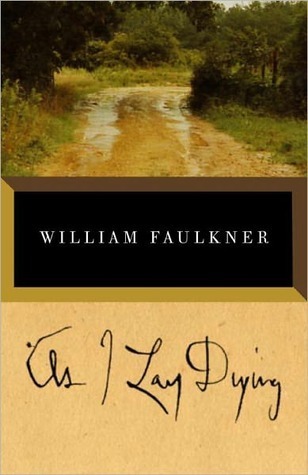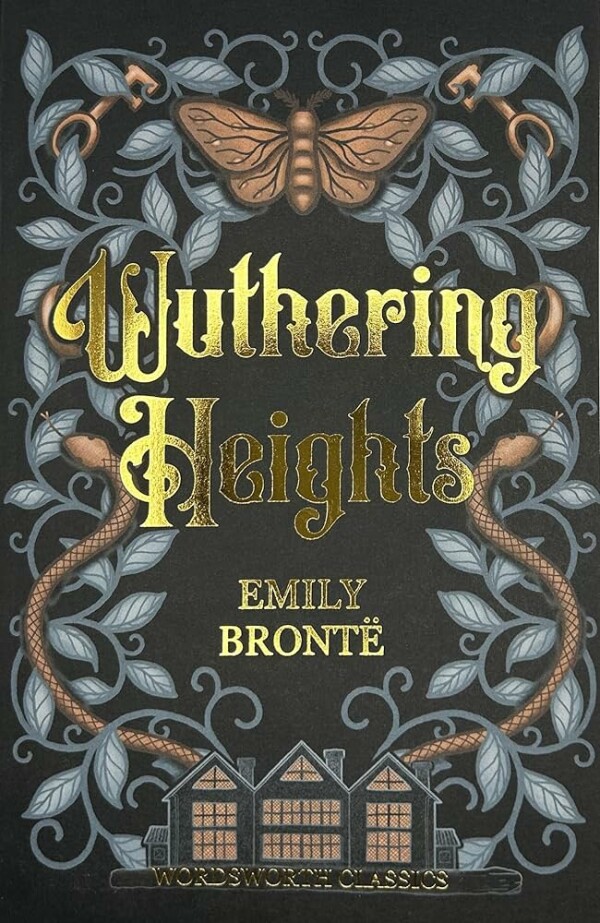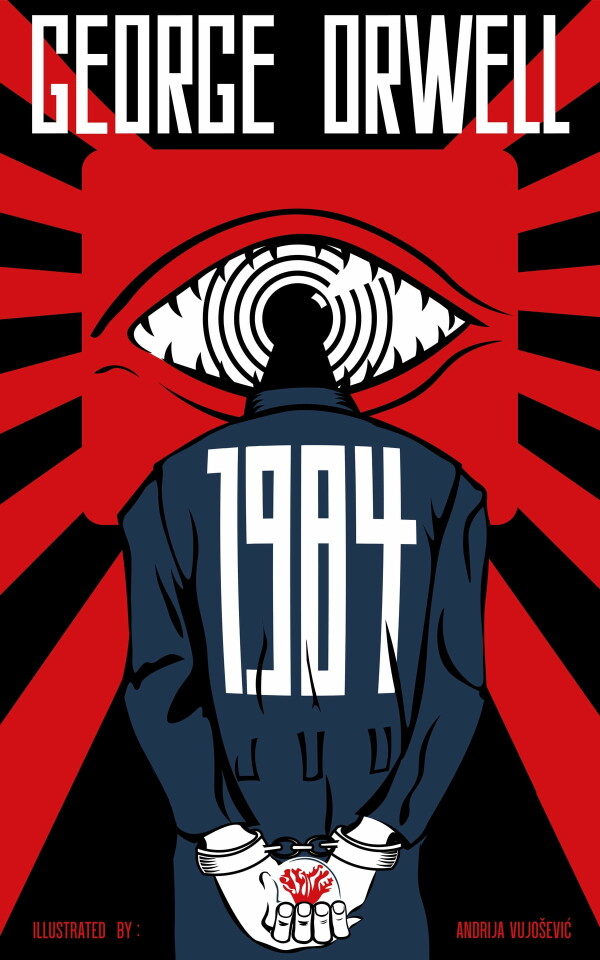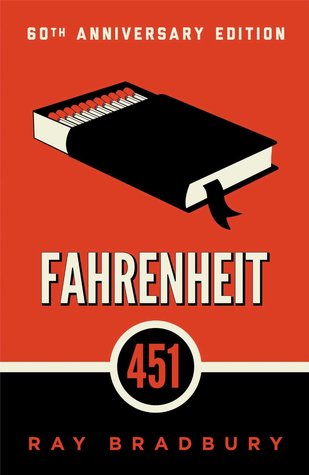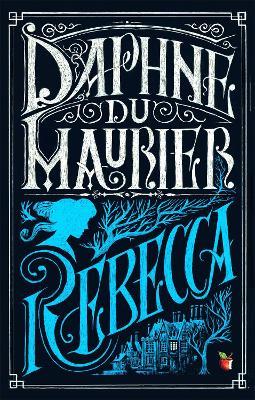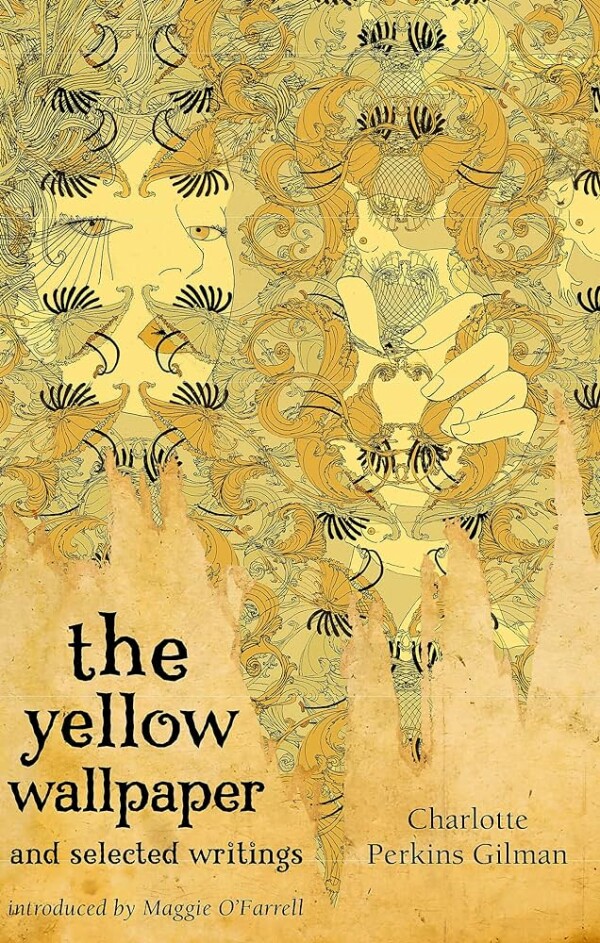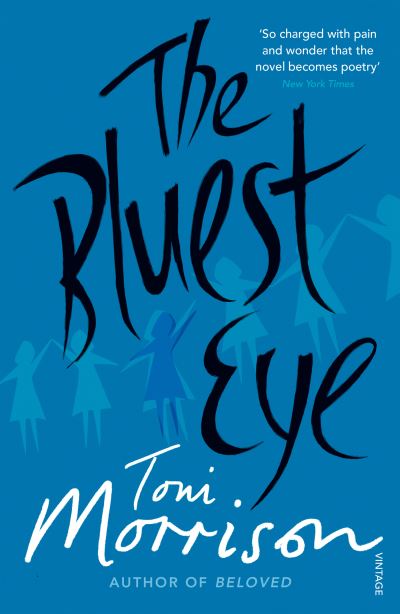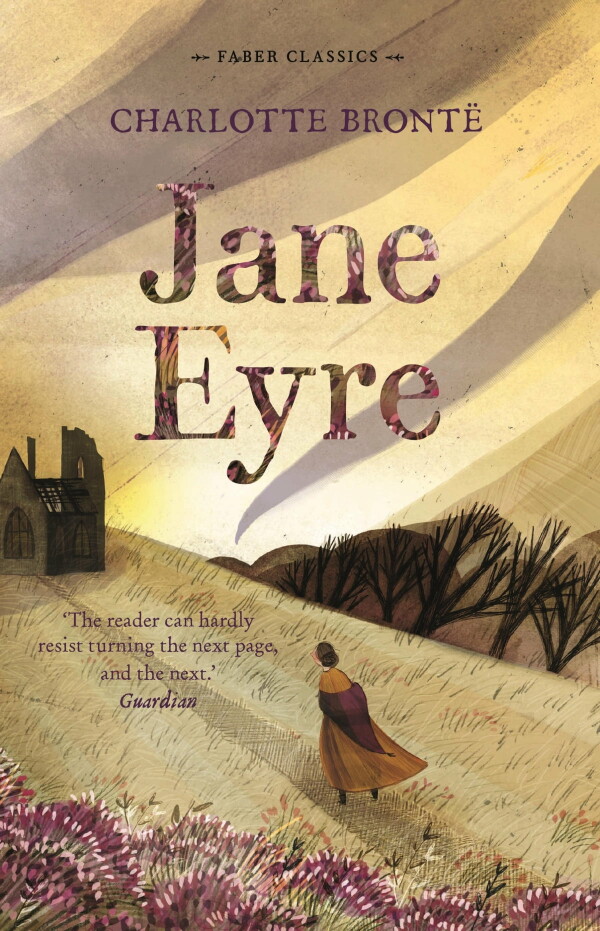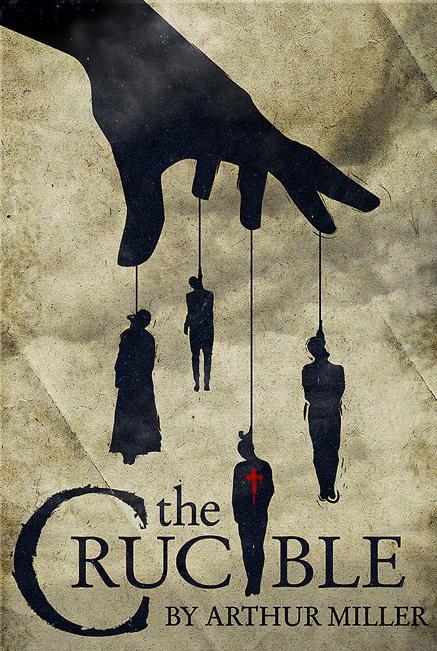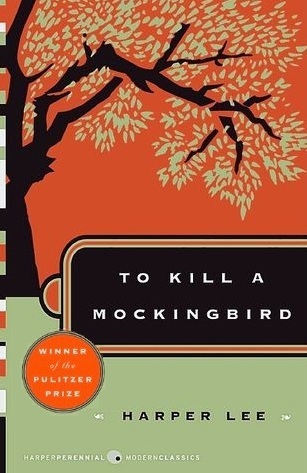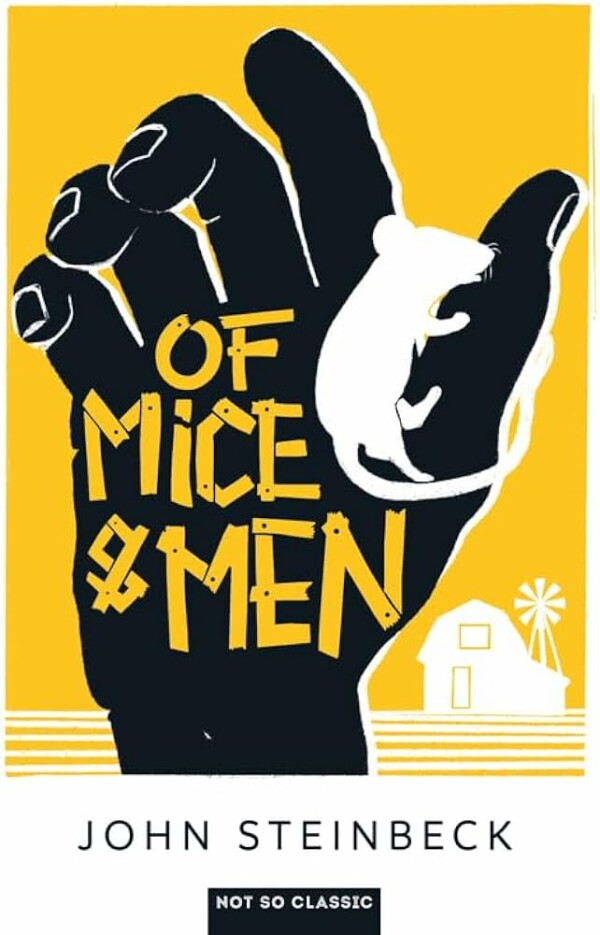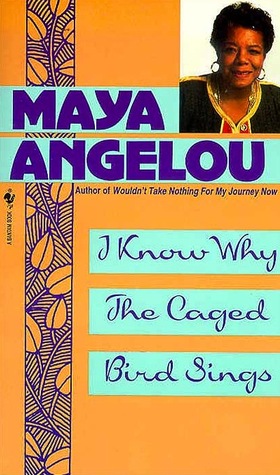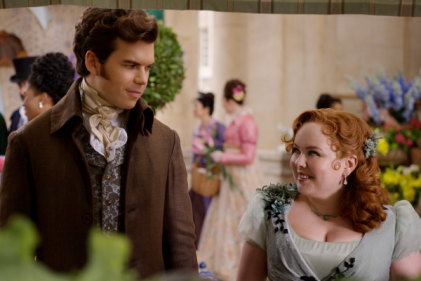I just want to start this off by saying that if you read – whether that’s in traditional book format, audiobook, kindle or whatever – you’re already well-read. Whether that’s in the fantasy genre, romance, the latest releases – if you’re reading regularly, you’re already winning at this. I haven’t read every book on the list below, because not every classic is going to be for you, despite the literary contributions they’ve made to the world.
That being said, there’s an idea out there of having to read certain books or classics to be considered well-read and these are the books that are in the ‘literary canon’. The canon is made up of the books you always hear about; The Jane Austens, the Charles Dickens, the Brontes. The books that ‘everyone’ has read – but trust me, most of us have just sparks notes’d it.
But it’s important to remember that the canon is also made up of limited perspectives, so we’re hearing from people and eras that prioritised white and male voices. This list features a lot of those voices because those books make up a lot of the traditionally discussed canon and this list is going by the traditional definition of ‘well-read’.
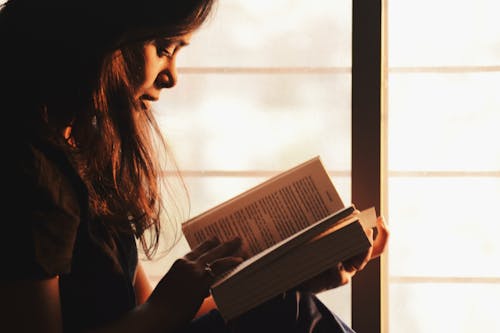
But all that this list is, is a springboard for finding new literature and new voices. I have tried to include some more diverse voices in there, particularly female voices, so when you read the likes of Toni Morrison, it might lead you on to discover other writers like Chimamanda Ngozi Adiche or even Women’s Prize nominated Brit Bennett or Yaa Gyasi.
There is much more to be discovered than the traditional canon and it only represents certain voices, but if you want to cover the basics and maybe figure out what ‘Orwellian’ means, read on and take your pick!
'Pride and Prejudice' by Jane Austen
We’ve all seen the stunning 2005 Pride and Prejudice movie with Kiera Knightley portraying the vivacious heroine, Elizabeth Bennet, "as delightful a creature as ever appeared in print." The romantic clash between the opinionated Elizabeth and her proud beau, Mr. Darcy, is a splendid performance of civilized sparring. And Jane Austen's radiant wit sparkles as her characters dance a delicate quadrille of flirtation and intrigue, making this book the most superb comedy of manners of Regency England.
A surprisingly feminist read for the era, don’t write this read off as stuffy. The hilarious characterisation of Mrs Bennet and Lizzie’s ridiculous sisters provides comic relief to the flanter-filled conversations between unconventional Lizzie and awkward Mr. D’Arcy. Well worth picking up and not a very long read at all!
‘Dubliners’ by James Joyce
This one is great to even just to be able to say ‘Yes, I’ve read Joyce’ and shock everyone next time it comes up! A collection of short stories you can dip in and out as you please and it gives you a good snapshot of Joyce’s styles and themes.
This work of art reflects life in Ireland at the turn of the last century, and by rejecting euphemism, reveals to the Irish their unromantic realities. Each of the 15 stories offers glimpses into the lives of ordinary Dubliners, and collectively they paint a portrait of a nation.
‘Little Women’ by Louisa May Alcott
An intimidatingly large book, I’m yet to properly get around to this one. But Saoirse Ronan’s portrayal of Joe and Emma Watson as Meg alone in the recent film adaptation would be enough to tempt you!
Generations of readers young and old, male and female, have fallen in love with the March sisters of Louisa May Alcott’s most popular and enduring novel, Little Women. Here are talented tomboy and author-to-be Jo, tragically frail Beth, beautiful Meg, and romantic, spoilt Amy, united in their devotion to each other and their struggles to survive in New England during the Civil War.
‘The Secret Garden’ by Frances Hodgson Burnett
A childhood favourite of mine, this is a really easy read and people are always impressed. A tantalising mystery keeps you intrigued and the creepy atmosphere of the old house has you gripped by the book’s end.
The plot centers round Mary Lennox, a young English girl who returns to England from India, having suffered the immense trauma by losing both her parents in a cholera epidemic. Mary is given to the care of her uncle Archibald Craven, whom she has never met and stays to his home, Misselthwaite Manor, located in the gloomy Yorkshire. There, Mary discovers a charming walled garden which is always kept locked and the mystery deepens when she hears sounds of sobbing from somewhere within her uncle's vast mansion. The kindly servants ignore her queries or pretend they haven't heard, spiking Mary's curiosity.
‘As I Lay Dying’ by William Faulkner
This one is pretty grim and dark and Faulkner’s style can be confusing and difficult at times, so this one is for when you want to really commit to the whole ‘literary endeavour thing.
As I Lay Dying is Faulkner’s harrowing account of the Bundren family’s odyssey across the Mississippi countryside to bury Addie, their wife and mother. Narrated in turn by each of the family members - including Addie herself - as well as others; the novel ranges in mood, from dark comedy to the deepest pathos. Considered one of the most influential novels in American fiction in structure, style, and drama, As I Lay Dying is a true 20th-century classic.
‘The Life of Frederick Douglas’ by Frederick Douglas
Frederick Douglass was born Frederick Augustus Washington Bailey, c. February 1818- February 20, 1895) was an African-American social reformer, orator, writer and statesman. After escaping from slavery, he became a leader of the abolitionist movement, gaining note for his dazzling oratory and incisive antislavery writing. He stood as a living counter-example to slaveholders' arguments that slaves did not have the intellectual capacity to function as independent American citizens. Many Northerners also found it hard to believe that such a great orator had been a slave, which was the whole point of him writing his biography. A landmark text in American history and definitely worth reading.
‘Wuthering Heights’ by Emily Bronte
This one is probably my favourite, for the pure gothic, stormy romance of it all. A social drama with a hint of the supernatural, the tale of two houses at war is slowly uncovered from the darkness of the past.
Marooned overnight in a lonely home on the Yorkshire moors, Lockwood dreams of a wraith locked out in the snow. Gradually he learns the violent history of the house's owner, the fierce, saturnine Heathcliff and the thwarted love that has led him to exact terrible revenge on the two families that have sought to oppose him.
‘1984’ by George Orwell
You’ll finally understand what ‘Orwellian’ means! This is one that everyone has supposedly read, but it’s an anxiety-filled one, so approach with caution!
Published in 1949, the book offers political satirist George Orwell's nightmarish vision of a totalitarian, bureaucratic world and one poor stiff's attempt to find individuality. The brilliance of the novel is Orwell's prescience of modern life - the ubiquity of television, the distortion of the language - and his ability to construct such a thorough version of hell. Required reading for students since it was published, it ranks amongst the most terrifying novels ever written.
‘Fahrenheit 451’ by Ray Bradbury
Guy Montag is a fireman. His job is to destroy the most illegal of commodities, the printed book, along with the houses in which they are hidden. Montag never questions the destruction and ruin his actions produce, returning each day to his bland life and wife, Mildred, who spends all day with her television “family.” But when he meets an eccentric young neighbour, Clarisse, who introduces him to a past where people didn’t live in fear and to a present where one sees the world through the ideas in books instead of the mindless chatter of television, Montag begins to question everything he has ever known.
‘Rebecca’ by Daphne Du Maurier
Another creepy atmospheric read, this was also recently turned into a film starring Armie Hammer and Lily James!
The novel begins in Monte Carlo, where our heroine is swept off her feet by the dashing widower Maxim de Winter and his sudden proposal of marriage. Orphaned and working as a lady's maid, she can barely believe her luck. It is only when they arrive at his massive country estate that she realises how large a shadow his late wife will cast over their lives - presenting her with a lingering evil that threatens to destroy their marriage from beyond the grave.
‘The Yellow Wallpaper’ by Charlotte Perkins Gilman
An introduction to feminist fiction, this short story is a blend of the gothic and feminist writing as the protagonist slowly spirals under her husband and male doctor’s administrations.
A woman and her husband rent a summer house, but what should be a restful getaway turns into a suffocating psychological battle. This chilling account of postpartum depression and a husband's controlling behaviour in the guise of treatment will leave you breathless.
‘The Bluest Eye’ by Toni Morrison
Another dark and heavy text, this book speaks of loneliness and power and the damage that prejudice can do.
Set in the author's girlhood hometown of Lorain, Ohio, it tells the story of black, eleven-year-old Pecola Breedlove. Pecola prays for her eyes to turn blue so that she will be as beautiful and beloved as all the blond, blue-eyed children in America. In the autumn of 1941, the year the marigolds in the Breedloves' garden do not bloom. Pecola's life does change- in painful, devastating ways. The Bluest Eye remains one of Toni Morrisons's most powerful, unforgettable novels- and a significant work of American fiction.
‘Emma’ by Jane Austen
A funny, light read, this is another good introduction to Austen as there’s several film adaptations of this one, the most recent starring Ana Taylor Joy.
Emma Woodhouse is one of Austen's most captivating and vivid characters. Beautiful, spoilt, vain and irrepressibly witty, Emma organises the lives of the inhabitants of her sleepy little village and plays matchmaker with devastating effect.
‘Jane Eyre’ by Charlotte Bronte
Another gothic and atmospheric read (can you tell I love them?), this is a staple of the classics and one I would recommend to anyone. After you read this, go find ‘Wide Sargasso Sea’ by Jean Rhys, which has an alternative telling of the story form an unexpected perspective.
Orphaned as a child, Jane has felt an outcast her whole young life. Her courage is tested once again when she arrives at Thornfield Hall, where she has been hired by the brooding, proud Edward Rochester to care for his ward Adèle. Jane finds herself drawn to his troubled yet kind spirit. She falls in love. Hard.
But there is a terrifying secret inside the gloomy, forbidding Thornfield Hall. Is Rochester hiding from Jane? Will Jane be left heartbroken and exiled once again?
‘The Crucible’ by Arthur Miller
Arthur Miller wrote his classic play about the witch-hunts and trials in seventeenth-century Salem, Massachusetts. Based on historical people and real events, Miller's drama is a searing portrait of a community engulfed by hysteria. In the rigid theocracy of Salem, rumours that women are practising witchcraft galvanise the town's most basic fears and suspicions; and when a young girl accuses Elizabeth Proctor of being a witch, self-righteous church leaders and townspeople insist that Elizabeth be brought to trial.
The ruthlessness of the prosecutors and the eagerness of neighbour to testify against neighbour brilliantly illuminates the destructive power of socially sanctioned violence.
‘To Kill a Mockingbird’ by Harper Lee
This is another one that I’d recommend to just about anyone. A powerful read with memorable characters, it will stick with you long after you finish it.
The unforgettable novel of a childhood in a sleepy Southern town and the crisis of conscience that rocked it, all told through the perspective of the young daughter of a lawyer. Compassionate, dramatic, and deeply moving, "To Kill A Mockingbird" takes readers to the roots of human behaviour - to innocence and experience, kindness and cruelty, love and hatred, humour and pathos. This regional story by a young Alabama woman claims universal appeal. Harper Lee always considered her book to be a simple love story. Today it is regarded as a masterpiece of American literature.
‘Of Mice and Men’ by John Steinbeck
An intimate portrait of two men who cherish the slim bond between them and the dream they share in a world marred by petty tyranny, misunderstanding, jealousy, and callousness. Clinging to each other in their loneliness and alienation, George and his simple-minded friend Lennie dream, as drifters will, of a place to call their own - a couple of acres and a few pigs, chickens, and rabbits back in Hill Country where land is cheap. But after they come to work on a ranch in the fertile Salinas Valley of California, their hopes, like "the best laid schemes o' mice an' men," begin to go awry.
‘The Book Thief’ by Marcus Zusack
By her brother's graveside, Liesel's life is changed when she picks up a single object, partially hidden in the snow. It is The Gravedigger's Handbook, left behind there by accident, and it is her first act of book thievery. So begins a love affair with books and words, as Liesel, with the help of her accordian-playing foster father, learns to read. Soon she is stealing books from Nazi book-burnings, the mayor's wife's library, wherever there are books to be found.
But these are dangerous times. When Liesel's foster family hides a Jew in their basement, Liesel's world is both opened up, and closed down.
‘I Know Why the Caged Bird Sings’ by Maya Angelou
A brutally powerful read that will break your heart, Angelou’s debut memoir is a modern American classic beloved worldwide. I Know Why the Caged Bird Sings captures the longing of lonely children, the brute insult of bigotry, and the wonder of words that can make the world right.
Sent by their mother to live with their devout, self-sufficient grandmother in a small Southern town, Maya and her brother, Bailey, endure the ache of abandonment and the prejudice of the local “powhitetrash.” At eight years old and back at her mother’s side in St. Louis, Maya is attacked by a man many times her age - and has to live with the consequences for a lifetime.
‘The Handmaid’s Tale’ by Margaret Atwood
Offred is a Handmaid in the Republic of Gilead. She may leave the home of the Commander and his wife once a day to walk to food markets whose signs are now pictures instead of words because women are no longer allowed to read.
She must lie on her back once a month and pray that the Commander makes her pregnant, because in an age of declining births, Offred and the other Handmaids are valued only if their ovaries are viable. Offred can remember the years before, when she lived and made love with her husband, Luke; when she played with and protected her daughter; when she had a job, money of her own, and access to knowledge. But all of that is gone now . . .
‘Never Let Me Go’ by Kazuo Ishiguro
This is more a modern classic, but I included it for the sheer cultural influence it had – plus it’s mind-blowingly good and will leave your jaw on the floor.
Hailsham seems like a pleasant English boarding school, far from the influences of the city. Its students are well tended and supported, trained in art and literature, and become just the sort of people the world wants them to be. But, curiously, they are taught nothing of the outside world and are allowed little contact with it.
Within the grounds of Hailsham, Kathy grows from schoolgirl to young woman, but it’s only when she and her friends Ruth and Tommy leave the safe grounds of the school (as they always knew they would) that they realise the full truth of what Hailsham is.
‘The Great Gatsby’ by F. Scott Fitzgerald
Another pretty quick read with a beautiful film adaptation, this is actually one everyone has read. This exemplary novel of the Jazz Age has been acclaimed by generations of readers.
The story is of the fabulously wealthy Jay Gatsby and his love for the beautiful Daisy Buchanan, of lavish parties on Long Island at a time when The New York Times noted "gin was the national drink and sex the national obsession," it is an exquisitely crafted tale of America in the 1920s.
